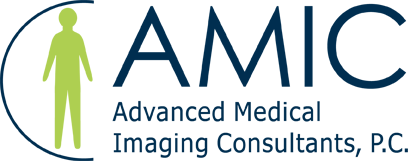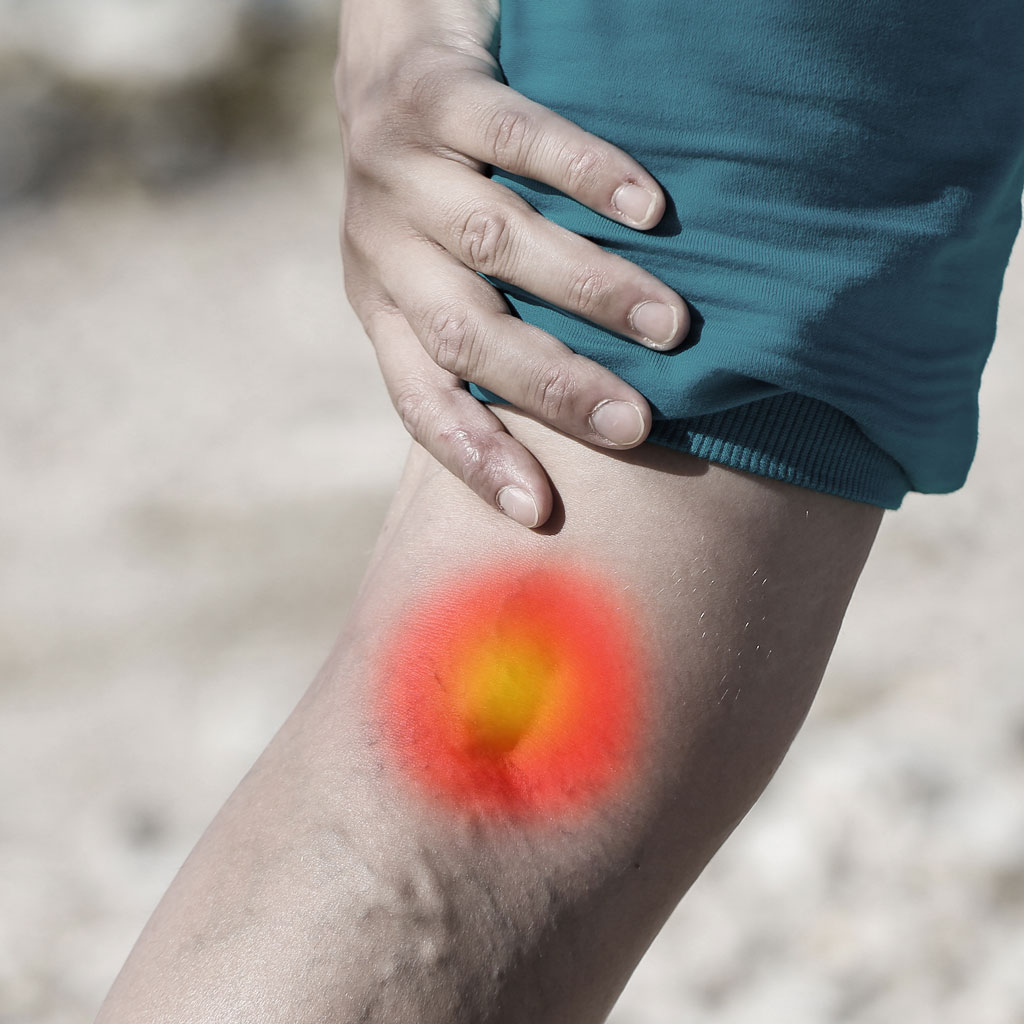Why We Have PAD Awareness Month
September is PAD awareness month, healthcare providers, advocacy groups, and patients come together to spread the word about Peripheral Artery Disease (PAD). Why? Because millions of people have it, many without even knowing. In fact, more than 8.5 million people in the U.S. live with PAD, but far too many are undiagnosed. Early detection can make a huge difference in keeping you active, healthy, and safe.
What Is PAD?
Peripheral Artery Disease (PAD) happens when fatty deposits — also called plaque — build up in your arteries and make them narrower. This limits blood flow to your legs and feet. The result? Walking can start to feel uncomfortable, and in more serious cases, it can lead to serious complications like infections, ulcers, or even amputation.
The tricky part? PAD can sneak up on you. Symptoms can be subtle at first, which is why awareness is so important.
Common PAD Symptoms
If you’ve been brushing off leg pain or chalking it up to “just getting older,” it might be time to pay closer attention. PAD symptoms can include:
- Leg pain or cramping when walking or exercising (called claudication)
- Weakness or numbness in one or both legs
- Cold feet or legs, especially compared to the other side
- Sores or wounds on your feet or legs that heal slowly
- Shiny skin, hair loss, or color changes in your legs
Even if these symptoms seem mild, they’re worth talking about with your doctor.
Who’s at Risk for PAD?
You’re more likely to develop PAD if you:
- Are over 50 (especially with a history of smoking or diabetes)
- Have high blood pressure or high cholesterol
- Have diabetes
- Have a family history of vascular disease
- Lead a mostly sedentary lifestyle
If that sounds like you, getting screened for PAD should be on your radar.
PAD isn’t just a “leg problem.” It’s a red flag that your arteries — including those leading to your heart and brain — may be narrowing. This means your risk of heart attack or stroke is higher, too. The sooner PAD is caught, the better your chances of preventing serious complications.
How PAD is Diagnosed
Your healthcare provider might use one or more of these tools:
- Ankle-Brachial Index (ABI): Compares blood pressure in your ankle and arm.
- Ultrasound or angiography: Shows how blood is flowing in your arteries.
- Blood tests: Checks cholesterol and blood sugar levels.
Treatment Options
The good news is that PAD can be managed with the right plan. Treatment may include:
- Lifestyle changes: Quitting smoking, exercising regularly, and eating a heart-healthy diet.
- Medications: To control blood pressure, cholesterol, and prevent clots.
- Minimally invasive procedures: Like angioplasty or atherectomy, to open up blocked arteries.
- Surgical bypass: For more advanced cases to restore blood flow.
Tips for PAD Prevention
- Stay active — aim for at least 150 minutes of moderate activity each week.
- Eat a balanced diet low in saturated fats and added sugars.
- Keep your blood pressure, cholesterol, and blood sugar in check.
- Quit smoking (or never start).
Peripheral Artery Disease is more common than most people think — but it’s also treatable. This PAD Awareness Month, take a moment to check in on your vascular health. If you’ve noticed symptoms or have risk factors, make an appointment with your doctor. Early action can keep you moving, healthy, and living life on your terms.

